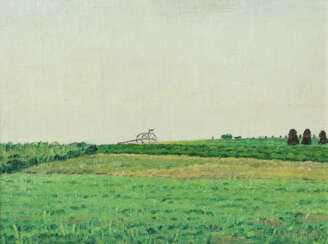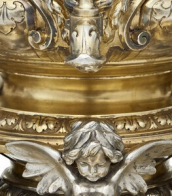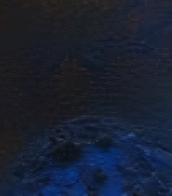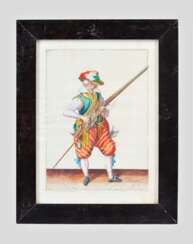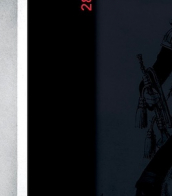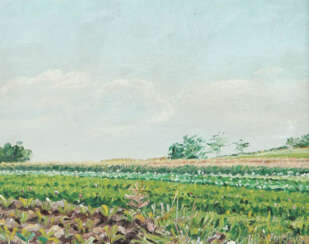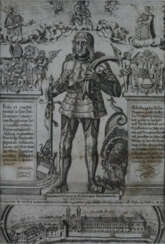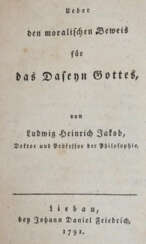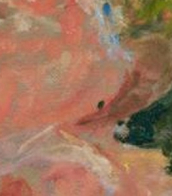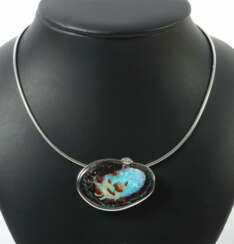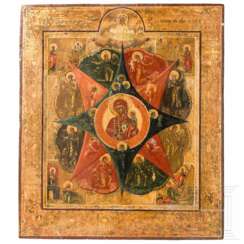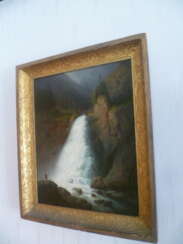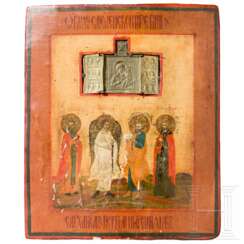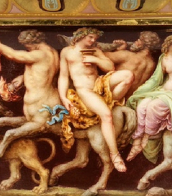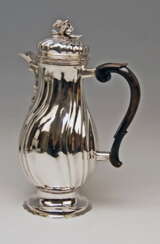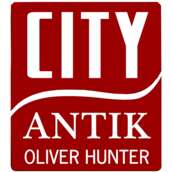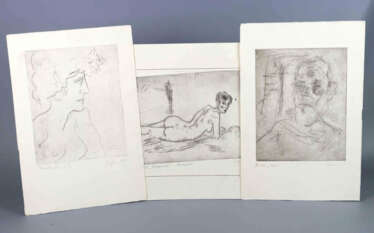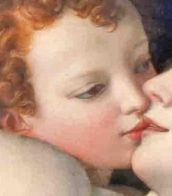80 Items by auctions and galleries:
jakob
Becker Jackob 1810-1872
Carl Spitzweg (1808 - 1885) 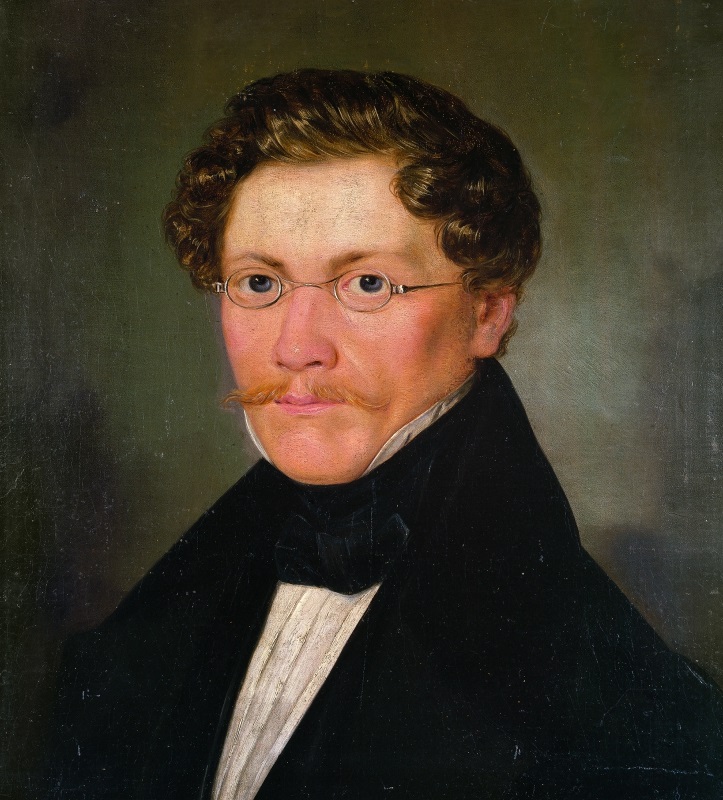 Jakob Becker (1810 - 1872)
Jakob Becker (1810 - 1872)  Shop Artkunst
Shop Artkunst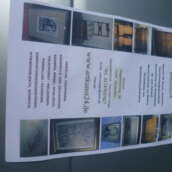

Carl Spitzweg
05.02.1808 - 23.09.1885
Germany
Carl Spitzweg was a German romanticist painter, especially of genre subjects. He is considered to be one of the most important artists of the Biedermeier era.

Jakob Becker
15.03.1810 - 22.12.1872
Germany

Shop
Artkunst
Germany
Number of products: 144
Lot 18 Jacobus de Voragine (c.1225-1298)
Valuable Books, Manuscripts and Photographs, including Highlights from The Royal Society of Medicine 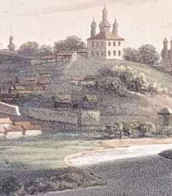

CHRISTIE'S
Valuable Books, Manuscripts and Photographs, including Highlights from The Royal Society of Medicine
Date: 10.12.2025 12:00 UTC +00:00
Number of lots in the catalog: 213
Merz Kaspar Heinrich 1806-1875
Kaspar Heinrich Merz (1806 - 1875) 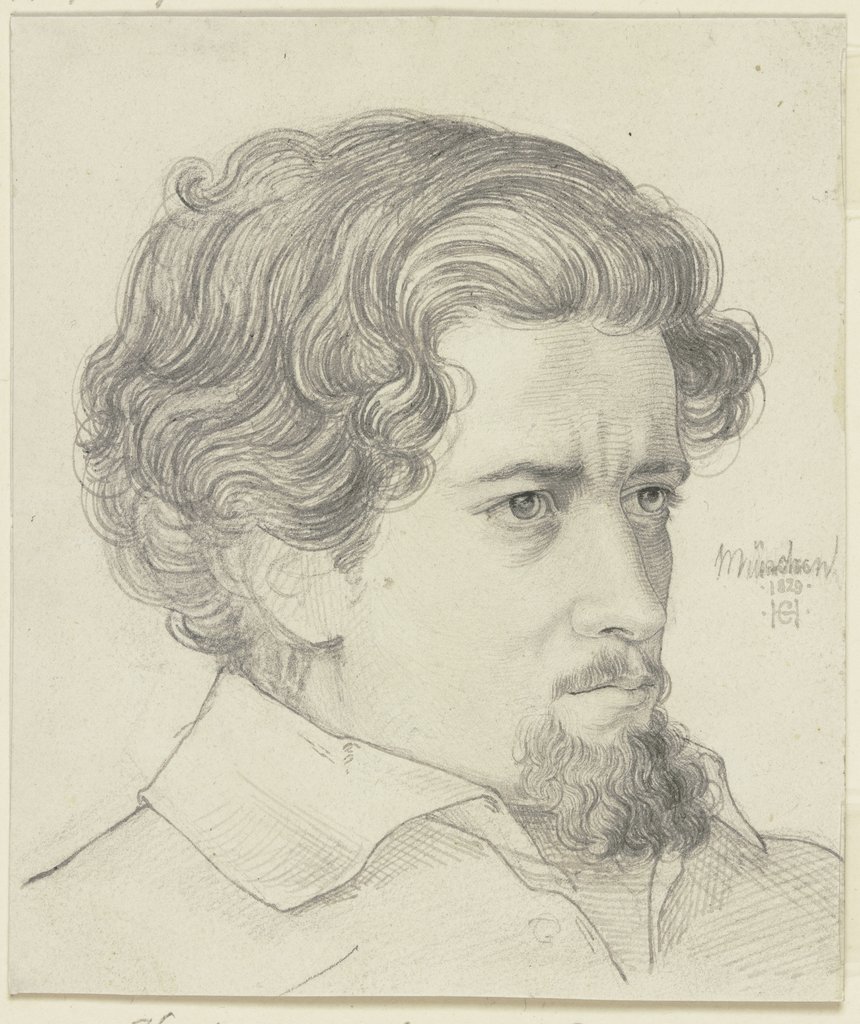 Shop Artkunst
Shop Artkunst

Kaspar Heinrich Merz
07.05.1806 - 29.07.1875
Austria, Switzerland
Kaspar Heinrich Merz was a Swiss draftsman and copper and steel engraver. From 1821, with the help of "a few patrons", he was "apprenticed" to the copper engraver Johann Jakob Lips in Zurich for four years. He also worked as an engraver for the magazine Historical Entertainment. Merz had also acquired a reputation for his color engravings, some of which he created over years of individual work.

Shop
Artkunst
Germany
Number of products: 144





